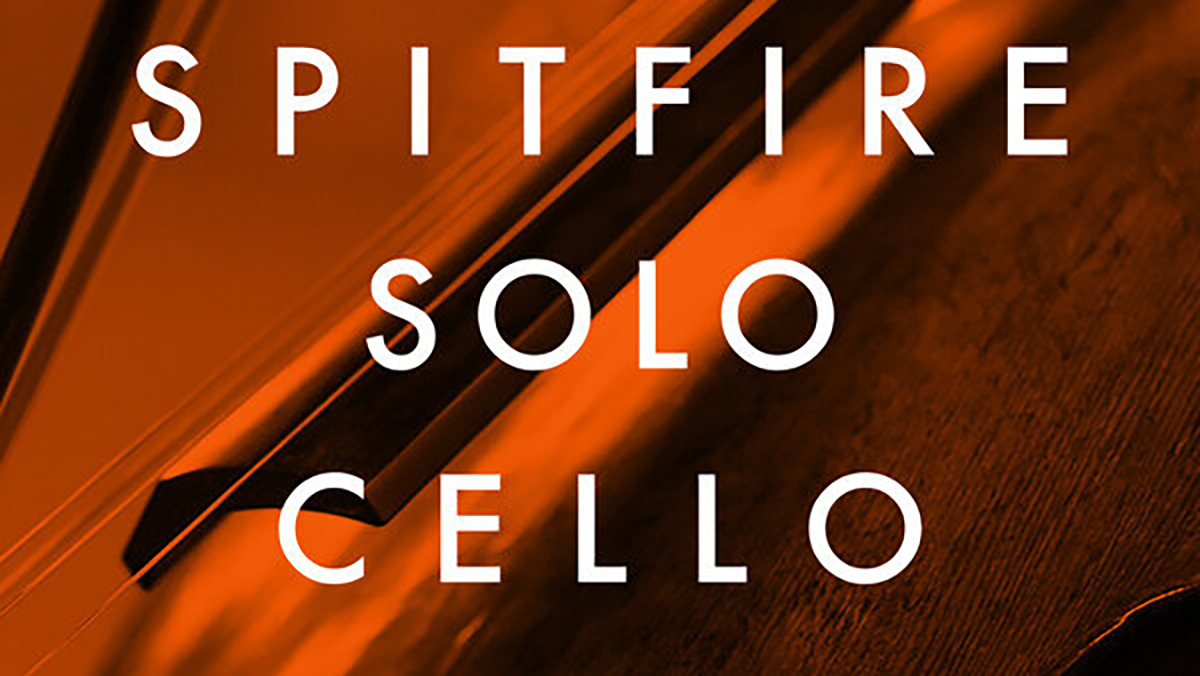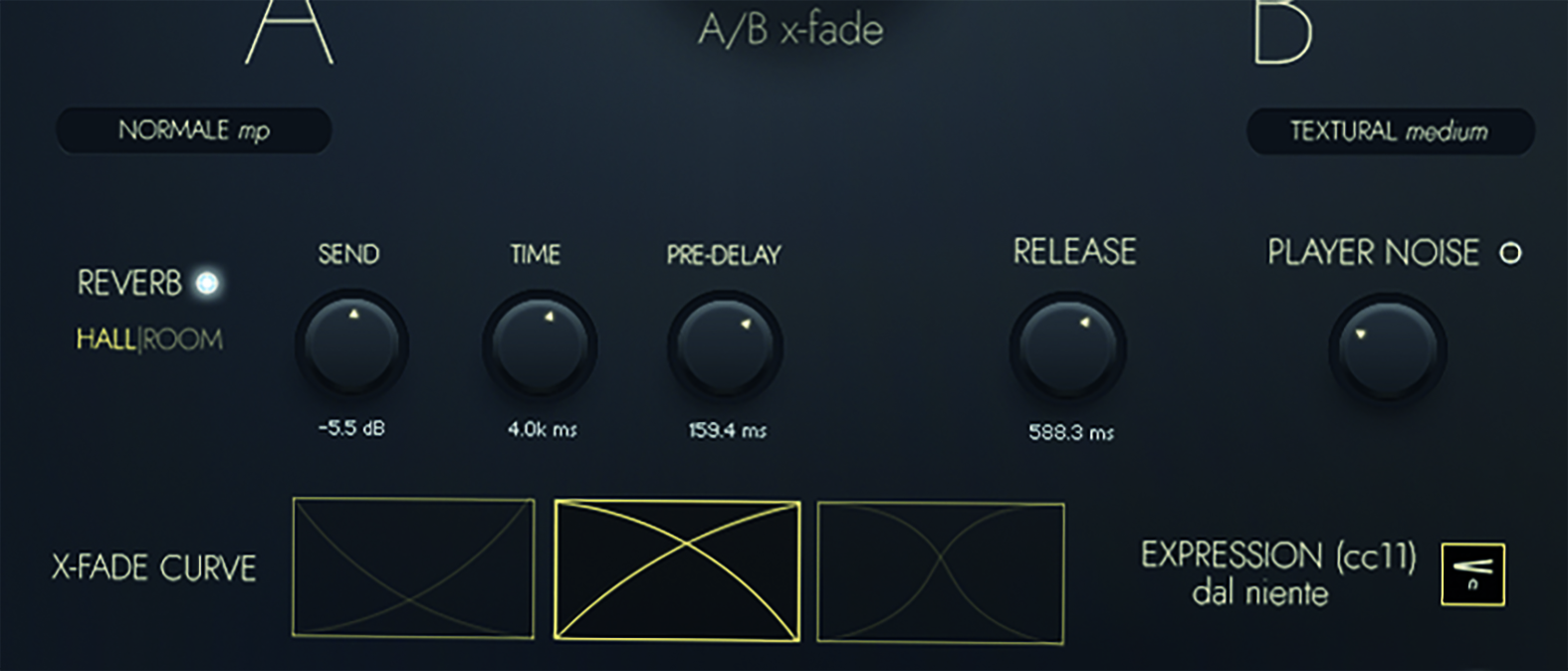MusicRadar Verdict
A suite away from the usual cluster of mainstream string libraries, providing excellent tones for experimentation.
Pros
- +
Captivating, dry acoustic.
- +
Textures is a sonic wonderland.
- +
Useful Simple Short articulations.
- +
Invites experimentation, with scope to extend within the DAW.
Cons
- -
More prepared patches would have been welcome.
MusicRadar's got your back
Sonora Cinematic Poiesis Cello: What is it?
If there’s one thing we know about the cello, it’s that a large section in an orchestra can sound lyrical, strident and quite menacing. But pick off a single cello, place it in a dry surrounding, and record it with a mixture of conventional and less mainstream articulations, and you have something away from the orchestral norm.
The word Poiesis harks back to Greek philosophy and described the action of bringing something into being which did not previously exist. It’s a perfect term to apply to artistic creation and is apt for this cello-based suite.
The cello in question is relatively young, at least in cello terms: a Moes & Moes instrument, built for international cellist Yo-Yo Ma, back in 1995. Sample capture was undertaken in the dry acoustics of a small room, with Alan Black (principal cellist with the Charlotte Symphony Orchestra) supplying the raw detail.
The nature of this content is broad in some places and rather unorthodox, with just two patches supplied; Textures and Shorts.
Sonora Cinematic Poiesis Cello: Performance and verdict
The instrument GUI is stylish and simple; in the intimate setting of the sample capture, three mics have been used; a Neumann U87 Condenser, AEA R84A Ribbon and a Schoeps CMC 4 small diaphragm condenser.
Each is presented with its own fader, while an overall Mix fader offers a prepared summing of the three signals. There’s also representation by way of a panning pot, allowing scope for patch creation, especially within the texture domain.

• Spitfire Audio Solo Cello
A more mainstream cello library, with a large number of articulations.
• Sonixinema Contemporary Soloist: Cello
Brings mainstream and contemporary stylings together in a single Kontakt library instrument.
Beginning with the Shorts articulation patch, it’s a simple construct; Pizzicato, Staccato and Spiccato are all included, and key-switchable too. The timbre is up-close, with a great sense of authority with each note strike. We counted five round-robins, which will certainly help any phrases of repetition.
However, it’s the first Textures patch that offers the real playground, packed with content and articulations. What’s curious about this instrument is that with only two patches, it encourages you to get hands-on with the content, 44 articulation elements and timbral colours in the Texture setting.
The overall concept allows layering of up to two articulations, with the scope to blend from one to the other, by using the centrally located X-Fade pot. This is hardwired to the Modulation wheel’s MIDI controller.
Accessing the articulations requires a quick click on the layer, revealing a menu of articulations, from the normal to the totally abstract. The Normale articulation provides a basic but beautiful tone, with a subtle hint of vibrato, as does the Con Sord version. Sul Tasto, Sul Ponticello and Harmonics bowing follow, by way of contrast.
Where it starts to get more liberated is with the Textural and Tratto techniques; the former offers an entirely different density, with the Textural Sparse articulation altering in-depth, tuning and harmonic interest. You can let this play out, supported by the solid construct of a Con Sord articulation from part B, for fascination and support in equal measure.
Mixed and Effected
It’s clear that one main intended use of Poiesis Cello is to exploit the A/B X-fade control as a form of expression or device for generating peaks and valleys. Like other instruments, MIDI CC 11 may also be activated to provide expression, but delving into the Advanced menu of the Textures patch will also open up further potential.
Three styles of X-Fade can be selected, with each providing capacity for anything from subtlety to greater overall volume. A reverb section provides either Hall or Room settings, with the potential to extend reverb tails to 20 seconds, with a generous and effective pre-delay.
It all adds up to a sizeable creative package, where the control elements and reverberation can bring much to the overall operation and musical level of the suite.
Intimately dangerous!
This suite offers more than you’d think; with over 5GB of samples, there’s plenty to sustain interest, but with a lack of prepared patches, you’ll need to do some legwork. The trade-off though, is a unique, engaging package, which is perfect for angsty cinematic moments!
MusicRadar verdict: A suite away from the usual cluster of mainstream string libraries, providing excellent tones for experimentation.
Sonora Cinematic Poiesis Cello: The web says
"Poiesis Cello gives us everything from fragile beauty to unsettling darkness, with its intimate and detailed exploration of cello textures. This is a library of real quality at a very reasonable price."
Sample Library Review
Sonora Cinematic Poiesis Cello: Hands-on demos
Sonora Cinematic
Sample Library Review
Alex Pfeffer
Sonora Cinematic Poiesis Cello: Specifications
- For Kontakt Player 6.5.3+.
- CONTACT: Sonora Cinematic
Computer Music magazine is the world’s best selling publication dedicated solely to making great music with your Mac or PC computer. Each issue it brings its lucky readers the best in cutting-edge tutorials, need-to-know, expert software reviews and even all the tools you actually need to make great music today, courtesy of our legendary CM Plugin Suite.
“Built from the same sacred stash of NOS silicon transistors and germanium diodes, giving it the soul – and snarl – of the original”: An octave-fuzz cult classic returns as Jam Pedals resurrects the Octaurus
What’s the buzz? Meet Yellowjacket, Cherry Audio's recreation of EDP’s trend-setting Wasp from 1978
“A fabulous trip through all eight songs by 24 wonderful artists and remixers... way beyond anything I could have hoped for”: Robert Smith announces new Cure remix album











